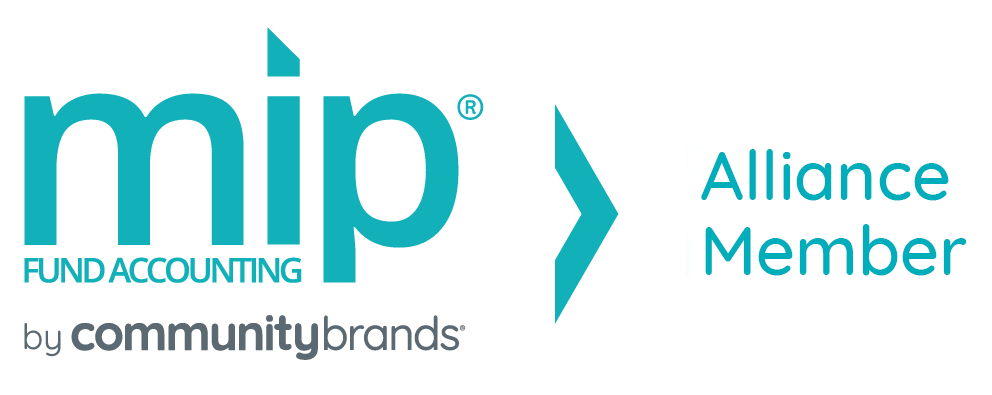A record number of FLSA lawsuits were filed against U.S. employers last year and with new overtime regulations due on December 1, this is a very good time to ask if you could be at risk.
As we reported earlier, another four million employees will be eligible for overtime pay under the new regulations and attorneys have warned this could lead to a spike in the number of disputes.
“We now have a new salary threshold that puts 4.2 million workers back into play,” said Daniel Abrahams of Brown Rudnick LLP in an interview with TSheets earlier this year. “You can bet the plaintiffs’ bar is busy monitoring this and looking for new cases.”
You may wonder what impact the Trump presidency will have on the new regulations and that remains to be seen, but experts warn it would be unwise to ignore the December 1 deadline. The Fair Labor Standards Act has been around for a long time — and it’s not going away anytime soon — so it’s a very good idea to get familiar with the regulations.
There are some great free resources out there to get you started and this one, recently published by TSheets, highlights seven of the most common risk areas:
1. Misclassification
8.6 million employees are currently misclassified and the consequences can be costly. It pays to know the difference between an independent contractor and an employee, and to know who is exempt from the FLSA and who is not.
2. Off-the-clock work
Mobile technology means more and more employees now work outside of normal hours and if they are nonexempt, this time has to be tracked and paid. This is already a common cause of disputes and more are expected after December 1.
3. Unauthorized overtime
When nonexempt employees work overtime they have to be paid for it, even if it was unauthorized. The rate is usually 1.5 times their normal pay but in some states, like California, the regulations demand more than this.
4. Breaks
Research shows that 4 out of 5 office workers now regularly work through their lunch breaks — but if they are nonexempt and the time is being deducted from their paychecks, their employers could end up in court.
5. Record-keeping
“To the degree that you don’t have this in place, start creating a really good paper trail,” says attorney Maria Hart from Parson, Behle & Latimer. “That’s an attorney’s best friend—to have documents that show what you were doing, not doing, and so forth. Document, document, document.”
6. Interns and volunteers
In 2015, just 39% of graduate interns were paid. But as attorney Mark S. Goldstein warns, a recent ruling could mean that more of them could be in future. “An employment relationship is created when the benefits to the intern are greater than their contribution to the business,” he says.
7. Regulatory changes
Should you be complying with state or federal laws? Or both? Are you following the latest labor department regulations? The shifting sands of labor laws makes it a challenge to get it right all of the time.
Disclaimer: Please refer to a professional tax or legal advisor regarding specific requirements of FLSA and how they impact your business. We do not recommend particular employee classifications or practices and leave those decisions to the discretion of your organization.




Recent Comments